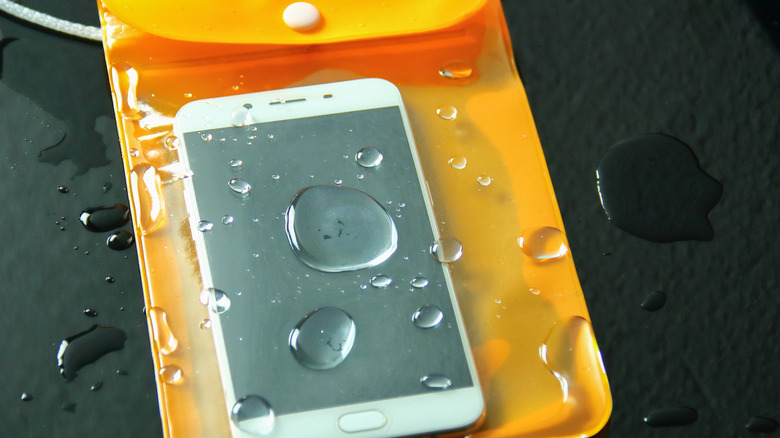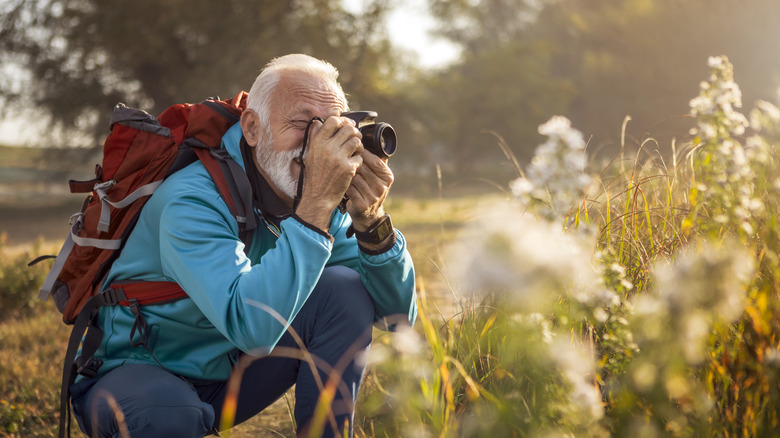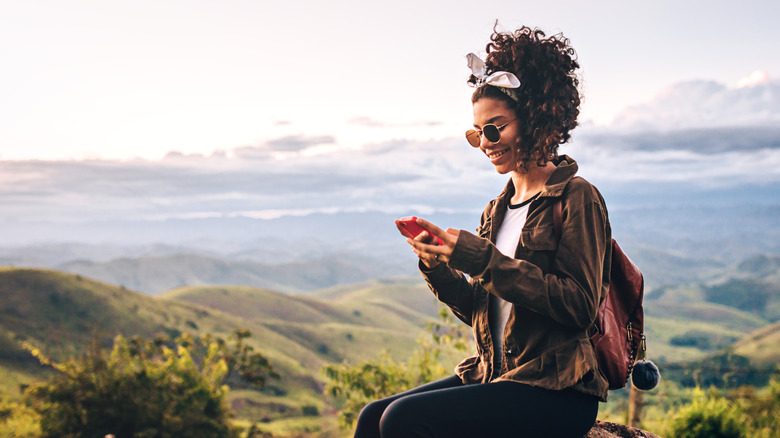Travel Guides Outdoor Adventures Hiking
Lexi Kassler
Besides your shoes, food, and possibly some coffee or tea, your phone is the next most important thing you can bring with you on a hike. Without it, you could miss out on some great photos of your venture into nature. More importantly, however, it could keep you from getting lost or allow you to call for help if you get hurt. This is why it’s essential to plan ahead for how you’ll keep your phone safe when you bring it with you.
If you’re an active hiker, it may not be enough to just put it in your pocket. If you’re running around or climbing rocks, it can easily fall out, and there’s almost nothing worse than dropping your phone and breaking it. Well — now that we think of it — you could also drop it into a river or body of water, where it could float away or sink out of reach, which is infinitely worse.
So what are some creative ways to carry your phone while hiking to prevent such a calamity? We have the answer to that exact question.
Use these methods to keep your phone safe while hiking

Pass an inspiration/Shutterstock
There are almost an endless number of ways that one can carry their cellphone while hiking. If you look at a backpack made for hiking and backpacking, you’ll see there are seemingly dozens of little loops and pouches, including hip pockets. These pockets are located on the straps that wrap around the hip area and are one of the best places to put your phone since they’re easily accessible.
There is a downside to relying on hip pockets, though. First of all, if you’re a casual hiker, your backpack might not have them. Second, some hip pockets can’t accommodate larger cellphones. If this is you, don’t worry. You can also consider using the shoulder pouch that sometimes comes with backpacking packs, or you can easily purchase one online. These shoulder pouches can be attached to anything that has a loop, including shoulder straps, hip straps, and belt loops.
If you think you might be doing some trekking where there could be river crossings, consider getting a small dry bag that will fit your phone. This pouch can hold your phone while not in use and be clipped to your person with a carabiner. It will protect your phone if it falls into the water, and if you leave some air in the bag it’ll float, making it easy to grab if it gets away from you.
Alternative ways of carrying and (not) using a cellphone while hiking

Nastasic/Getty Images
If you’re the type of hiker who ventures into nature to disconnect from the outside world, or you just don’t want to use your cellphone that much while hiking, there are some ways you can do this safely.
If you feel confident that you won’t need your cellphone all that much, save your battery by putting it in airplane mode and low power mode. If you’ll be out for a few days, bring a portable charger and arrange to check in with someone at least once a day so that someone somewhere knows you’re okay. In preparation for your low-tech hike, familiarize yourself with the trail you plan to use and bring a map and a compass. Regardless if you’re using your cellphone or not, this is a good idea in case you lose cell service.
If you still want to record your adventures, bring a separate camera to snap some amazing still images or do some vlogging, or go hands-free and strap on a GoPro. If you want to feel extra safe, you could also purchase a safety device like a personal alarm that emits a loud noise and flashing lights when the button is triggered or some bear spray (good for bad guys and bad bears).

